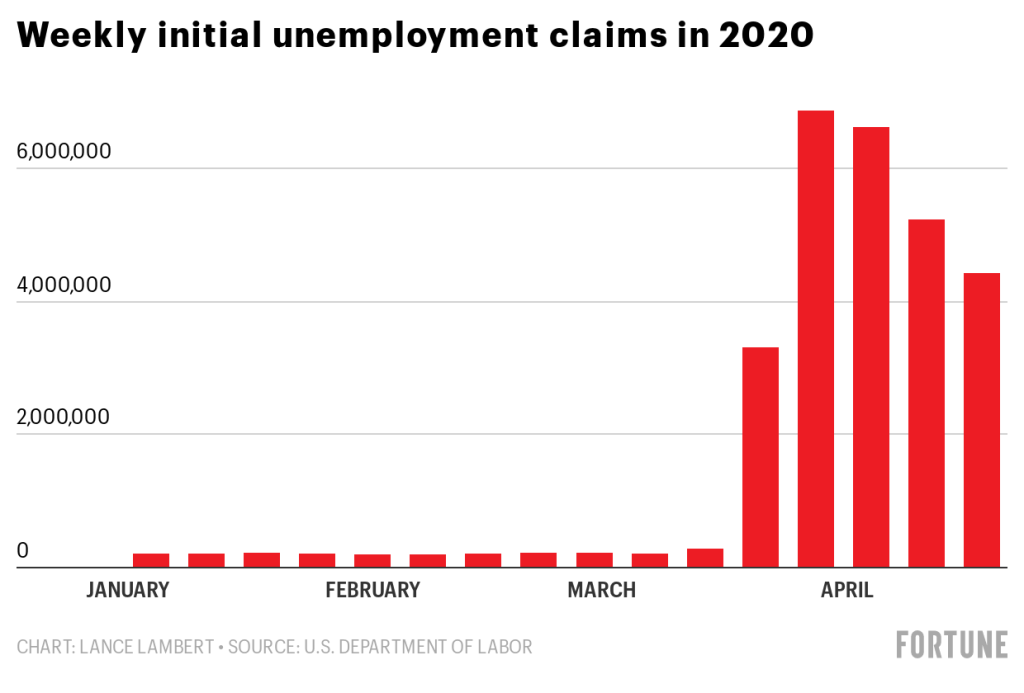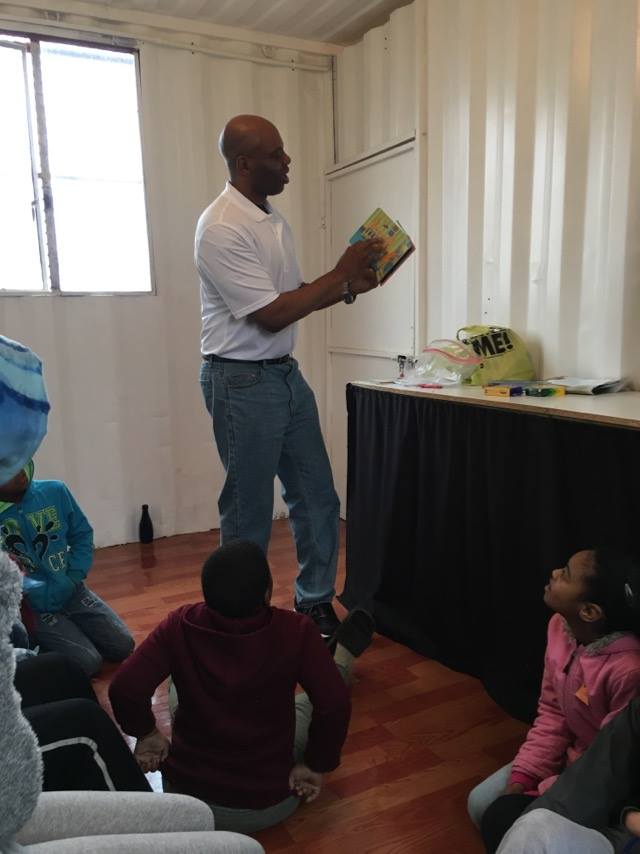Every time Pam heard a siren, she would freeze. Her children and husband were concerned about Pam’s mental state because of her hectic, non-stop schedule working in the emergency room of the local hospital. Twenty years of working in the ER was a tough enough job anyway. But the impact of the pandemic in the last two years had Pam rethinking her life. As she saw people dying from COVID who continued to believe it was not a real virus, Pam did not know what to believe. She had seen her own parents die from COVID, even though they were fully vaccinated and had taken all the recommended precautions. Now, her employer was telling her that she would lose her job if she didn’t get vaccinated within the next weeks. Additionally, because of a county mandate about meeting in large groups, she could not attend church in person. Pam wondered about her faith. All these things fed into Pam’s anxiety and fears. Given all of the stresses she was experiencing, Pam decided to turn in her resignation at the hospital. She had no clue what her future would bring. But she knew she had little job satisfaction.
Life, Pam thought, must be better doing something else.
In 2020, many businesses were forced to lay-off workers The pandemic has caused individuals to rethink their career aspirations and life purpose. Anthony Klutz, an organizational psychologist and professor at Texas A&M, coined this phenomenon The Great Resignation. This article examines how today’s leaders can improve employee job satisfaction for better employee retention and recruitment in the aftermath of the pandemic.
Workers are quitting their jobs at a record rate. According to the U.S. Bureau of Labor Statistics, nearly four million Americans left their jobs in July. Resignations peaked April. Resignation rates are highest among mid-career employees. Those between the ages of 30 and 45 have shown the greatest increase in resignation rates. Additionally, resignations are highest in the tech and health care industries. Perhaps the quitting of jobs is due to some combination of the burn-out of having to “do more with less,” COVID fatigue, and a desire for a more purposeful life. A shortage of workers has meant that employers are forced to pay more to attract workers. However, jobs are still going unfilled. Klutz explains about this The Great Resignation, “It’s not just about getting another job, or leaving the workforce. It’s about taking control of your work and personal life, and making a big decision – resigning – to accomplish that. This is a moment of empowerment for workers, one that will continue well into the new year.”
Why is job satisfaction important today? Some managers are not particularly concerned about the mental welfare of their employees. Employees are being paid to perform a task, these managers think. The relationship is viewed as transactional. Employees get the job done, and they get paid in return. Shouldn’t that be enough? If employees were machines, the answer would be ”yes.” However, employees are not machines. Employees are people. Job satisfaction is a major factor, especially in a period of worker shortage.
Job satisfaction can be defined as ‘the level of contentment employees feel with their job.’ It varies from individual to individual. There are several characteristics that can contribute to job satisfaction, such as (a) the challenging nature of work, which can motivate employees to new heights, (b) a matter of convenience (e.g., short commutes, ease of parking, access to the right digital tools, flexible hours), (c) regular expressions of appreciation by the immediate management and the organization as a whole, (d) competitive pay, which helps employees maintain a good quality of life, and (e) the promise of career progression in sync with employees’ personal growth targets.
According to one study, 52% of voluntarily exiting employees said that their manager or organization could have done something to prevent them from leaving their job. Losing good employees is a financial burden to most businesses. it costs an average of six to nine months of an employee’s salary to replace him or her according to the Society for Human Resource Management. For example, an employee making $60,000 per year, would require $30,000 – $45,000 in recruiting and training costs to replace him or her.
With COVID-19 continuing to impact businesses globally, today’s business leaders must consider new strategies to recruit and retain employees. Countless companies end up in a bidding war with other businesses in order to get the best workers in a shortage. According to research of more than 600 U.S. businesses with 50-500 employees, 63% of businesses said retaining employees is harder than hiring them. Contrary to popular belief, money is not the only motivator for employees. Also, money is not the only incentive that attracts prospective employees. Given this reality, businesses should consider the following strategies to promote employee job satisfaction among its existing work force:
- Develop a human capital strategy that complements the emerging hiring trends.
- Train managers to have high emotional intelligence in dealings with their employees.
- Monitor and track employee job satisfaction periodically via survey tools. Identify any root causes of dissatisfaction and develop a plan.
- Provide frequent feedback on initiatives to improve employee job satisfaction, such as an organization newsletter.
- Build employee loyalty program incentives to keep good employees and help protect the most valuable asset — quality employees.
- Connect with Generation Z employees by providing practical training, such as micro internships with local universities. Programs can be like those in place at Oklahoma Baptist University, which provide business students with practical experience, while also providing local businesses with marketing assistance.
- Utilize flexibile employee hours and remote working options.
- Incorporate a meaningful, frequent reward system.
- Allow employees to create and innovate in their working environment.
In today’s changing landscape, leaders need to be at the forefront of creating a business culture that effectively retains good employees. Job satisfaction matters! According to a Harvard Business Review study, when employees are respected by their leaders, their job satisfaction goes up by as much as 63%. Additionally, the study showed that appreciated employees are 110% more likely to stay with their organization. Unfortunately, some companies fail to see the connection between employee job satisfaction and low employee retention. The pandemic proved that this misunderstanding of human capital is a competitive disadvantage for organizations. With the shortage of workers, some businesses find themselves in an increasingly competitive recruiting climate. This article demonstrated that today’s leaders can improve job satisfaction for better employees, given circumstances confronting employers in the aftermath of the pandemic. Pray that it is not too late.
© 2022 by D. D. Green
About Dr. Daryl Green: Dr. Daryl D. Green is a business strategist, awarding speaker, and noted author. He is the Vice President of Marketing at AGSM Consulting LLC where he provides strategic planning, marketing, and product development to emerging and existing businesses. He provides consulting, guidance, and management training for today’s small businesses. He is a business professor operating a small business in Oklahoma. He has assisted over 100 organizations across the globe with marketing and management problems. If you would like more information about this article or business assistance, please contact Dr. Green at drdarylgreen@gmail.com or visit http://www.drdarylgreen.com.





